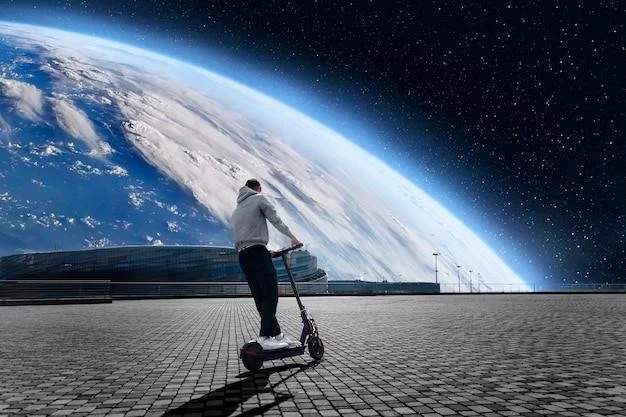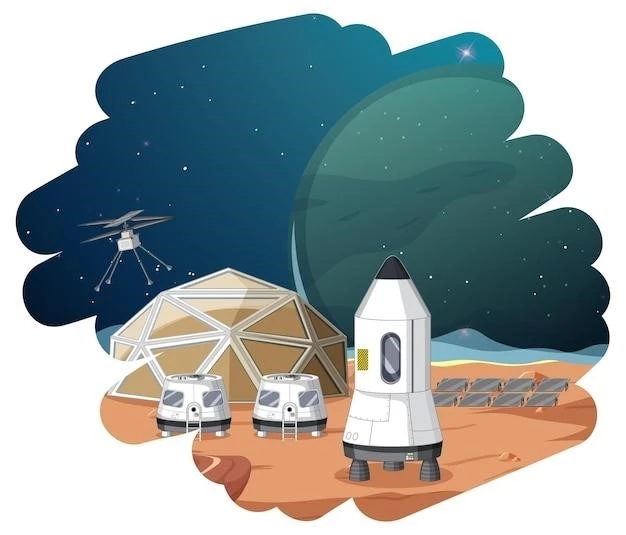My Fascination with the International Space Station
As someone who has always been fascinated by space exploration, the International Space Station (ISS) holds a special place in my heart․ It’s a testament to human ingenuity and international collaboration, a shining beacon of scientific endeavor orbiting our planet․ I’ve spent countless hours tracking the ISS, watching documentaries, and reading everything I can find about it․
A Childhood Dream Ignited
My fascination with space began in my childhood․ I remember watching shuttle launches with bated breath, my imagination soaring with the astronauts as they journeyed into the unknown․ The idea of humans living and working in space captivated me․ When I learned about the International Space Station, a project far more ambitious than any single mission, I was hooked․
Tracking the ISS: A Personal Endeavor
One of the things I enjoy most is physically tracking the ISS․ It’s visible to the naked eye at certain times, a bright star traversing the night sky․ I use the NASA Spot The Station website to get alerts for my location․ There’s something truly awe-inspiring about witnessing this technological marvel with my own eyes, knowing that there are people up there, living and working in the space environment․ I often invite friends and family to share the experience, sparking their curiosity about space exploration․
Delving Deeper: The Science and Engineering
My interest goes beyond simply observing the ISS․ I’m deeply intrigued by the science conducted onboard․ The microgravity environment provides a unique opportunity to study a range of phenomena, from fluid dynamics to human physiology, in ways impossible on Earth․
Here are some areas of research on the ISS that I find particularly fascinating:
- Crystal growth: The microgravity environment allows for the growth of purer, larger crystals, which have applications in medicine and technology․
- Human research: Studying how the human body adapts to long-duration spaceflight is crucial for future missions to the Moon and Mars․
- Earth observation: The ISS provides a unique vantage point for monitoring Earth’s climate and environment․
Learning about the engineering challenges involved in designing, building, and maintaining the ISS is equally captivating․ The station is a complex machine, with intricate life support systems, power generation, and thermal control․ The fact that it was assembled in space, piece by piece, through the collaboration of multiple nations, is a testament to human ingenuity and a source of inspiration for me․

The ISS: A Symbol of Hope and Collaboration
Beyond the science and engineering, what truly resonates with me is the international collaboration that the ISS represents․ In a world often divided, the ISS stands as a shining example of what humanity can achieve when we work together towards a common goal․ It’s a symbol of hope and a reminder that our potential is limitless when we pool our resources and expertise․

Looking Ahead: The Future of Space Exploration
The International Space Station is nearing the end of its operational life, but its legacy will continue to inspire generations to come․ The knowledge gained from the ISS will pave the way for future space exploration endeavors, including missions to the Moon, Mars, and beyond․ I’m excited to see what the future holds for human spaceflight and the role the ISS will play in shaping that future․
The International Space Station is more than just a technological marvel; it’s a symbol of human ambition, ingenuity, and our innate desire to explore the unknown․ It serves as a constant reminder that the sky is not the limit when there are footprints on the Moon․ As long as there are people who dare to dream of reaching for the stars, the spirit of the ISS will continue to live on․










